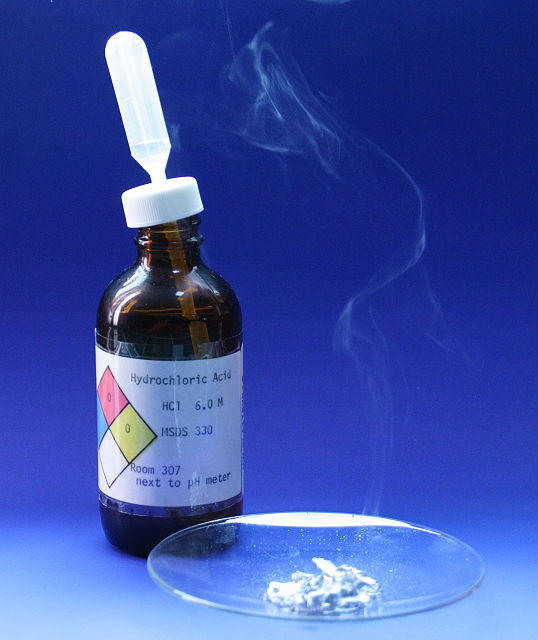Today was Career Day! Lisa, Catherine, Krystina, Marcia, and I all went to the military presentation. Now we want to go and enlist in the army. :D We all looked like sissy girls surrounded by a mob of tough looking dudes and girls that also looked like guys (besides us). We also went to the physical therapist which is Mr. Olson's wife. Actually, we started in the auditorium watching the actor/beatboxer/breakdancer/painter. I wish I was as cool as that and had many talents. I hate rain. D: I have to walk home in the pouring, freezing rain. I already was sick last week, so hopefully, I won't get sick again. -_- By the way, Krystina just reminded me that winter formal is upcoming. Krystina hopes to get my cousin to buy her a $400 dress, including shipping (from Asia) and tax. Then we were prance around Winter Formal looking like the happy children that we are! Haha, I'm confused. -_- Steve LAIIIII, haha, I doubt you'll even read this.
We're "learning" about acids and bases in chemistry. The
pH scale (potential of hydrogen) ranges from 0 (acidic, high H+) to neutral (same amount of H+ and OH-) to 14 (basic, high OH-). Strong acids completely dissociate. Acids are proton donors; bases are proton acceptors. Also, we're using
logarithms in chemistry. pH = -log[H+]. That is how you determine the concentration of hydrogen ions in a solution. Click
here for a useful link about a pH challenge. To determine whether a substance is acidic or basic, you can stick litmus paper in it. Bases turn red litmus paper blue and acids turn blue litmus paper red. Blue to red = AC-ID! Red to blue = BASE-A-ROO! Acids are sour and bases are bitter.


Hydrochloric acid, a very strong acid. Also present in the stomach.







